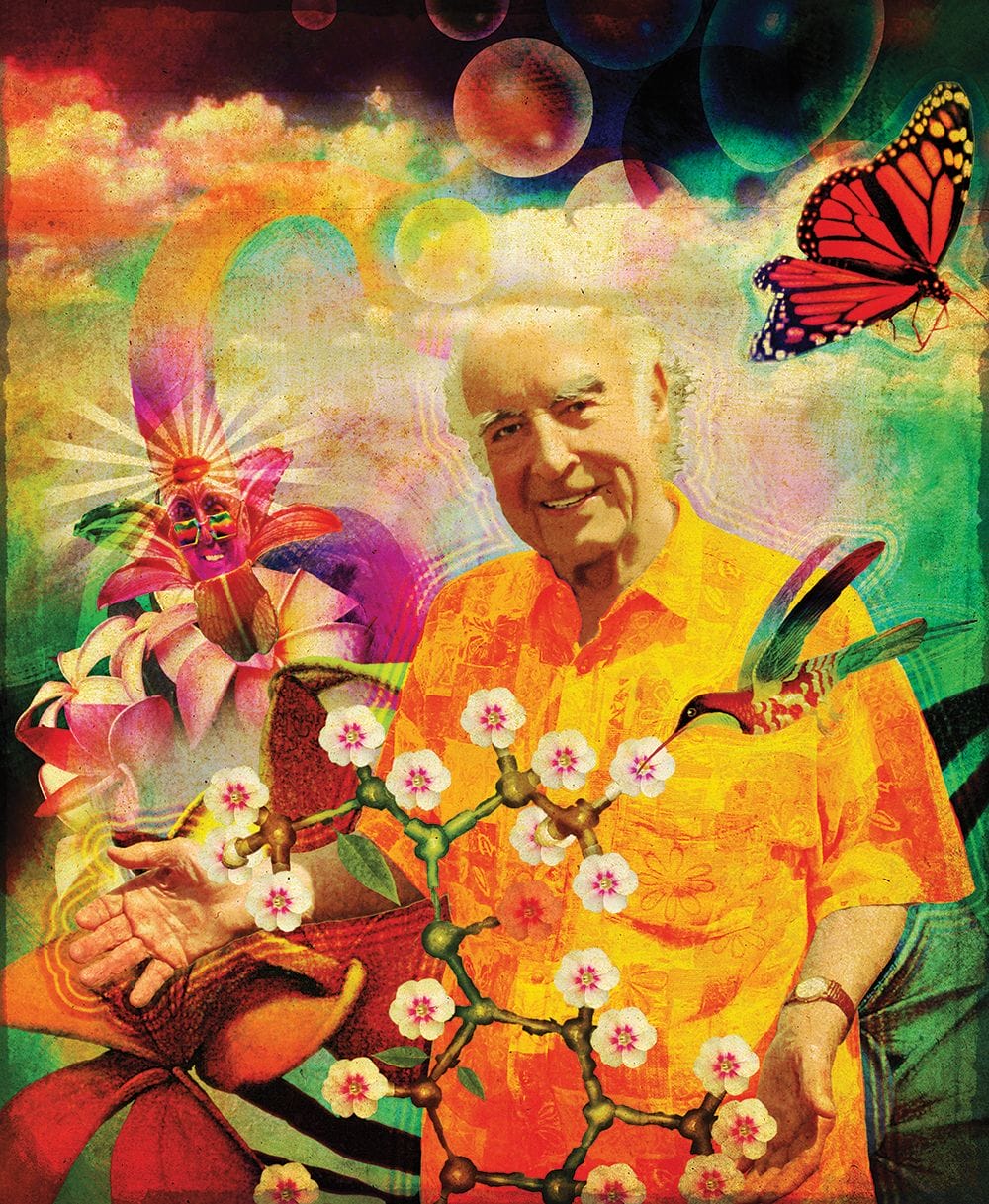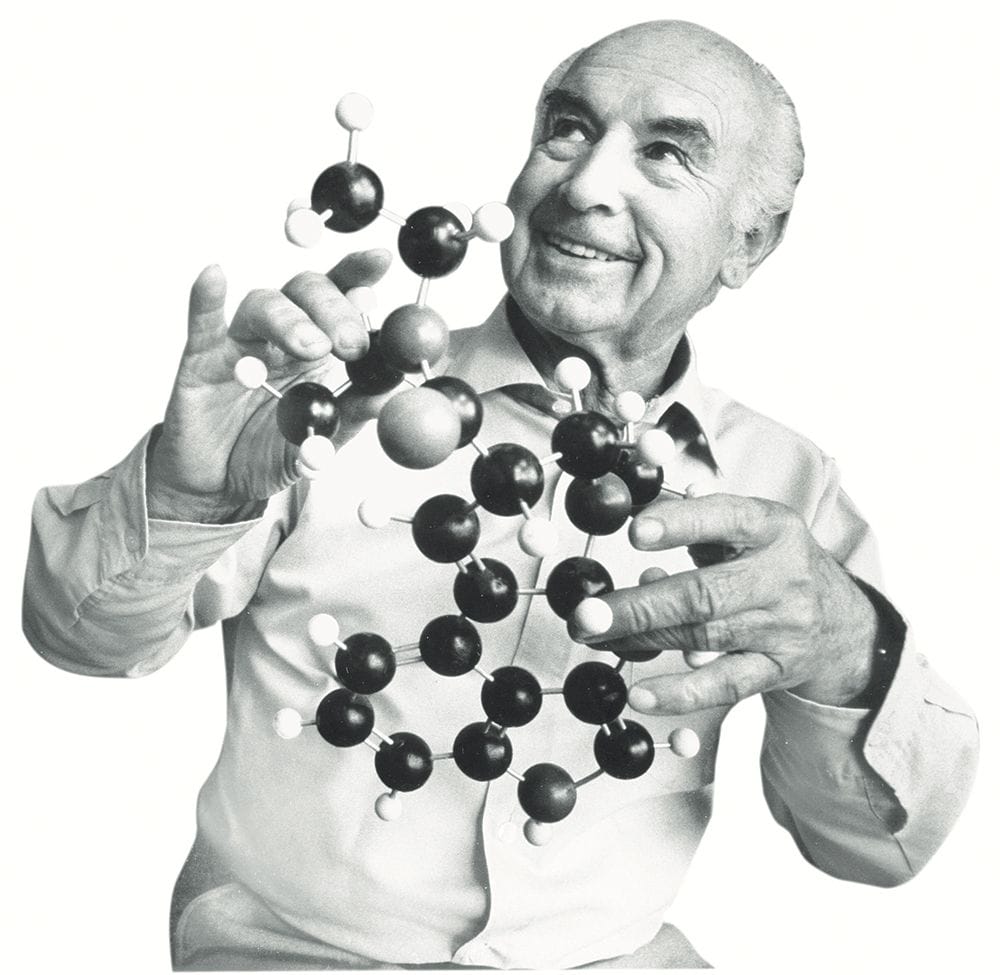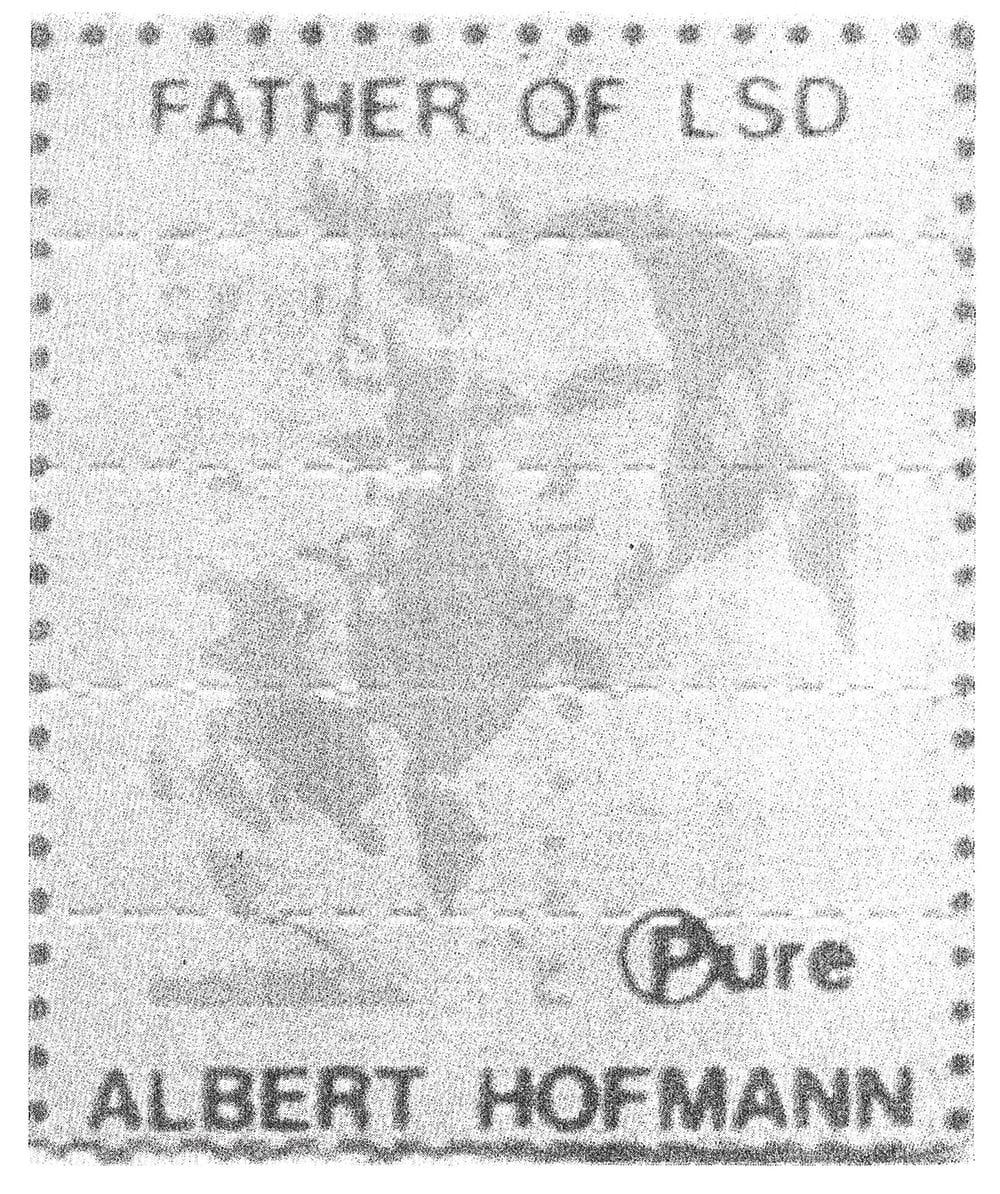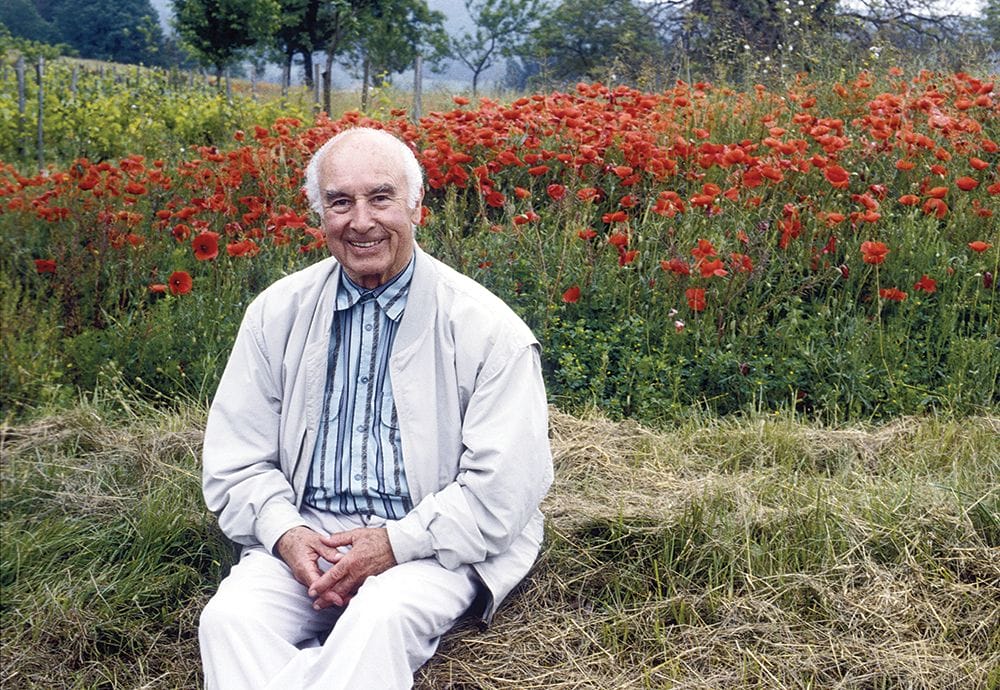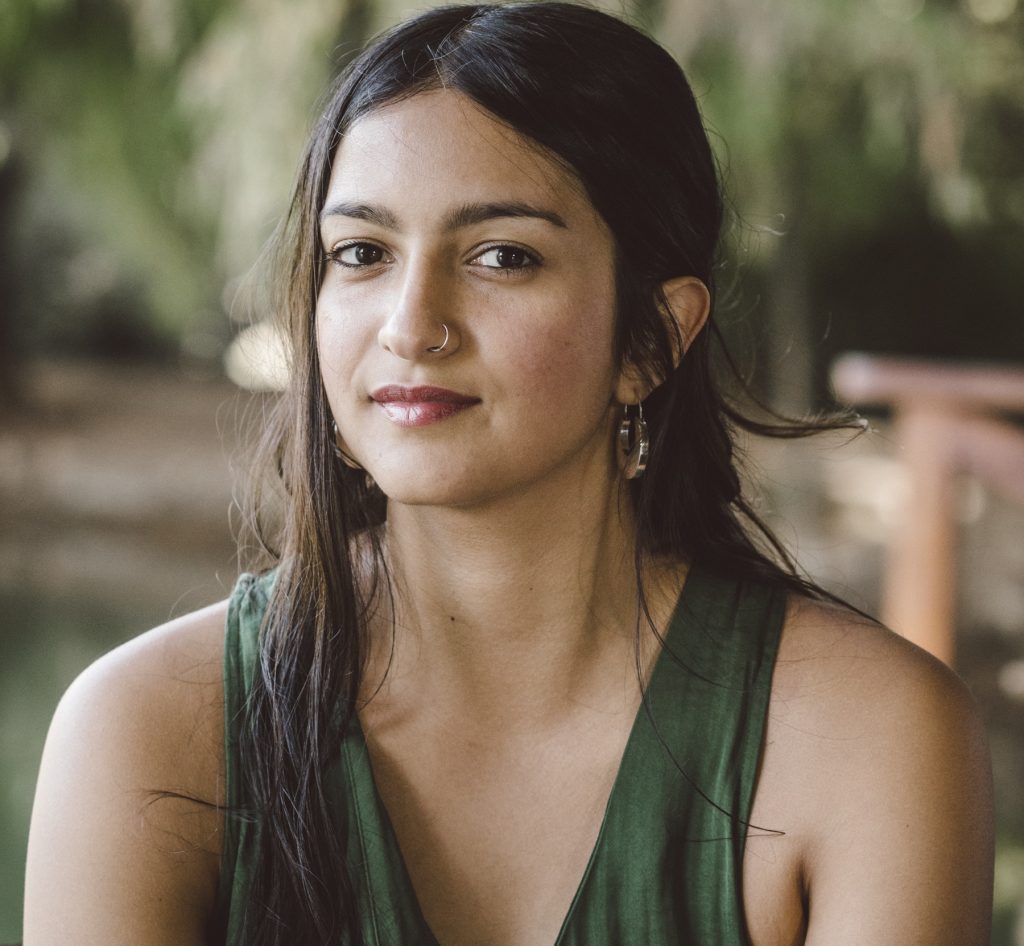Image credit: Illustration of Albert Hofmann by Jakob Krattiger, 2004
Excerpt From: Dieter Hagenbach, Lucius Werthmüller. “Mystic Chemist”. Apple Books.
Bicycle Day 2020: An Interview with Lucius Werthmüller, Co-Author of Mystic Chemist
The celebration of ‘Bicycle Day’ commemorates the day that Swiss chemist and discoverer of lysergic acid diethylamide (LSD), Albert Hofmann, first intentionally ingested LSD in a self-experiment conducted in order to ascertain its effects. On April 19, 1943, Hofmann ingested 250 micrograms of the substance, believing it to be a threshold dose of the drug (he later discovered the threshold dose was a mere 20 micrograms). About an hour after ingesting the drug, Hofmann began to feel its effects take hold, asking his laboratory assistant to escort him home that evening. However, due to wartime restrictions, cars were prohibited; they had to travel home by bicycle.
In honour of Bicycle Day 2020, we interviewed Lucius Werthmüller, co-author of Mystic Chemist: The Life of Albert Hofmann and His Discovery of LSD and personal friend of Albert’s to gain a deeper perspective on Albert’s personal relationship to LSD, and the lessons he learned about it over the years.
To help you celebrate Hofmann’s discovery, we are offering 50% off
Mystic Chemist, the definitive biography on Albert Hofmann
Buy Mystic Chemist
Jasmine Virdi: How did you first meet Albert Hofmann?
Lucius Werthmüller: I met him when I was a child as he was a dear friend of my parents. To me, he was just another visitor at our house so I didn’t think he was particularly interesting at the time. At the age of 15, I had my first LSD
Albert Hofmann showcasing the molecular structure of LSD
experience, and only later I learned that this friend of my parents was the discoverer of LSD, and that fact obviously made him much more interesting to me. We were often guests at Albert and [his wife] Anita’s home where we had barbecues, and harvested cherries yearly to make homemade schnapps. Later, we came to develop our own relationship aside from the one we had through my parents. Becoming friends, we often met, discussing matters of parapsychology, and life after death, especially in his last years leading up to his one-hundredth birthday. He was often asked by the journalists: “What do you think, will there be a life after death?” And he usually would say, “No I don’t believe in a life after death…” and after a short pause, he added, “I know that there is life after death.”
Bicycle Day wasn’t the first time that Hofmann had tried LSD ? It was the first time intentionally, but before that, he had accidentally dosed himself.
Yes, that was on the 16th of April 1943. Before that, he reflected that this molecule [lysergic acid diethylamide] would not leave his mind. He first synthesized it during November 1938 for pharmacological research, but the chemical was not of interest, and so it was put away. However, it stayed ever present in his mind, and thinking there must be something special about it, he decided to synthesize it again five years later. When he re-synthesized it, he experienced a mildly intoxicating effect, and was unable to imagine how it had happened as he was a rigorous chemist, following strict safety protocols. His only explanation was that he must have absorbed it transdermally. This initial experience made him decide to intentionally ingest LSD three days later.
Around the age of eight, Albert began having deep mystical experiences in nature. He describes that, from one step to another, he fell into a completely different state of mind, whereby he felt united with all of nature, feeling the miracle of nature in its full glory. From that experience, he decided that he wanted to study nature further, eventually becoming a chemist. He said that, by some kind of coincidence, these strange mystical experiences that led him to be an organic chemist led him to discover a substance that can also promote these mystical experiences.
After his initial revelatory experience which was described to be both “blissful” and “terrifying” what made him decide to go back for more?
It was terrifying for him because he genuinely believed that he was on the verge of death. If you don’t know what to expect or what is happening to you, LSD can be truly terrifying. When he was cycling home he entertained the idea that he was being poisoned by the drug, and so upon arriving home he called his doctor. When the doctor told him that everything was normal, all body functions were working properly, he could finally begin to relax, and enjoy the experience, realizing LSD’s tremendous potential to unlock the realms of the unconscious.
What did Albert perceive the function of LSD to be?
He saw it as a tool for making psychotherapy much more profound, to access the unconscious more easily, and he was quite sure from the beginning that it could help transform psychiatry, psychotherapy, and also our model of consciousness.
LSD blotter art, Albert Hofmann, The Father of LSD
When was it that he started referring to LSD as his “problem child”?
That was in the 60s. During the 1950s, LSD was the subject of study for hundreds of research programs all over the world, however, the drug was contained within the scientific community. He could’ve never imagined that LSD was to become a drug on the streets, being taken at parties as he had a deep respect for it, believing that one must be very careful when ingesting it. Subsequently, he was put into contact with Timothy Leary, who was doing research at Harvard at the time, by Aldous Huxley. Initially Albert and Tim had quite an interesting correspondence, but after Leary was kicked out of Harvard and became a target in the media, Albert took his distance. He didn’t want to have LSD on the streets, and he couldn’t understand why the hippies took it in such high doses.
Then, he began to have problems in his workplace. In 1962, some members of the Nobel Prize Committee had come from Stockholm to visit him, and it was almost certain that he would receive the Nobel Prize for chemistry, but that was the time when everything was becoming more and more scandalous with Timothy Leary in the media, leading Albert to start considering LSD as his “problem child.”
He also always said that a “problem child is not a child that creates problems, rather it is a child that has an enormous potential.” The German term “das Sorgenkind” cannot be adequately translated into English, meaning a child that you have to take special care of. Despite this, Albert was always convinced that LSD would never disappear from this world, and would continue to play an important role in the research of consciousness.
What would he think of the psychedelic renaissance as it exists today?
As long as he worked in the company [Sandoz], he was quite a conservative man, keeping his distance from the counterculture, but the older he became, the more open he was to LSD use that went beyond therapy. He compared it often to the Eleusinian mysteries, and he hoped that it would become a tool for initiation. In 2007, one year after our big conference and one year before he died, LSD research was once again permissible in Switzerland, and this made him incredibly happy. He didn’t want it to be misused by the youth as he truly felt it was something to be approached with reverence. However, by the end of his life, he was open to the idea of it being used outside of medical settings by those who approached it responsibly. His contact with writers and artists from all over the world convinced him that it can play an important role outside of medical contexts, and he was more and more happy that people took it. He would love the psychedelic renaissance today!
LSD was the first psychoactive substance that Albert synthesized, but it was not the only one. What were the others? Psilocybin, and psilocin?
Yes psilocybin, and he was also taking samples of Salvia divinorum when he was with Gordon Wasson in Mexico. The two had a journey to Mexico after Albert had first synthesized psilocybin to give it to Maria Sabina, the famed Mexican curandera who had first led Gordon Wasson on a mushroom ceremony. Wasson, on his first trip, had taken back some samples of salvia, but Albert was not able to find the active component. What was important for Albert was to look for the active component in these morning glory seeds ololiuqui that were used also as a sacrament in shamanic ceremonies in Mexico.
He was deeply thrilled when he found out that there was also lysergic acid in these morning glory seeds. Apart from the psychoactive chemicals, he synthesized many medications, some of which are still in use. What he loved the most was methergine, a chemical that makes birthing easier for women. Speaking of his two favourite substances, he said “methergine makes physical birth easier, and the LSD makes spiritual birth easier.” These ergot alkaloids were used in medieval times by midwives to make the birthing process easier. For him, psilocybin wasn’t that interesting. The thing he wanted on his tombstone was “Albert Hofmann, discoverer of LSD.”
Do you think that the messages that can be learned from LSD and other psychedelics can be helpful now in light of the coronavirus crisis?
I don’t know how helpful it can be in this specific crisis, but one of the most important things about LSD is that it can reconnect people with the living creation, with nature. Albert’s biggest gripe with the modern world was our alienation from nature. He was unable to comprehend how people are seduced by materialism, turning a blind eye to the miracle of nature. I think that is what it really can do now to help us is to connect us with the living creation and the wonders of nature. Albert wrote up a summary of his life that he wanted to have read at his funeral ceremony which perfectly summarized how he saw LSD contributing to a better future:
“Nature, the creation, was described by Paracelcus as the book written by the finger of God. In my life, I was fortunate to have this profoundly uplifting and comforting experience. To whomever understands how to read this book, not only with scientific curiosity but with wondering, loving eyes, will be revealed a deeper, more marvellous reality in which we are all secure, and forever united.”
Photo credit: Albert Hofmann in the Dordogne, France, 1990 by François Lagarde
Mystic Chemist: The Life of Albert Hofmann and His Discovery of LSD
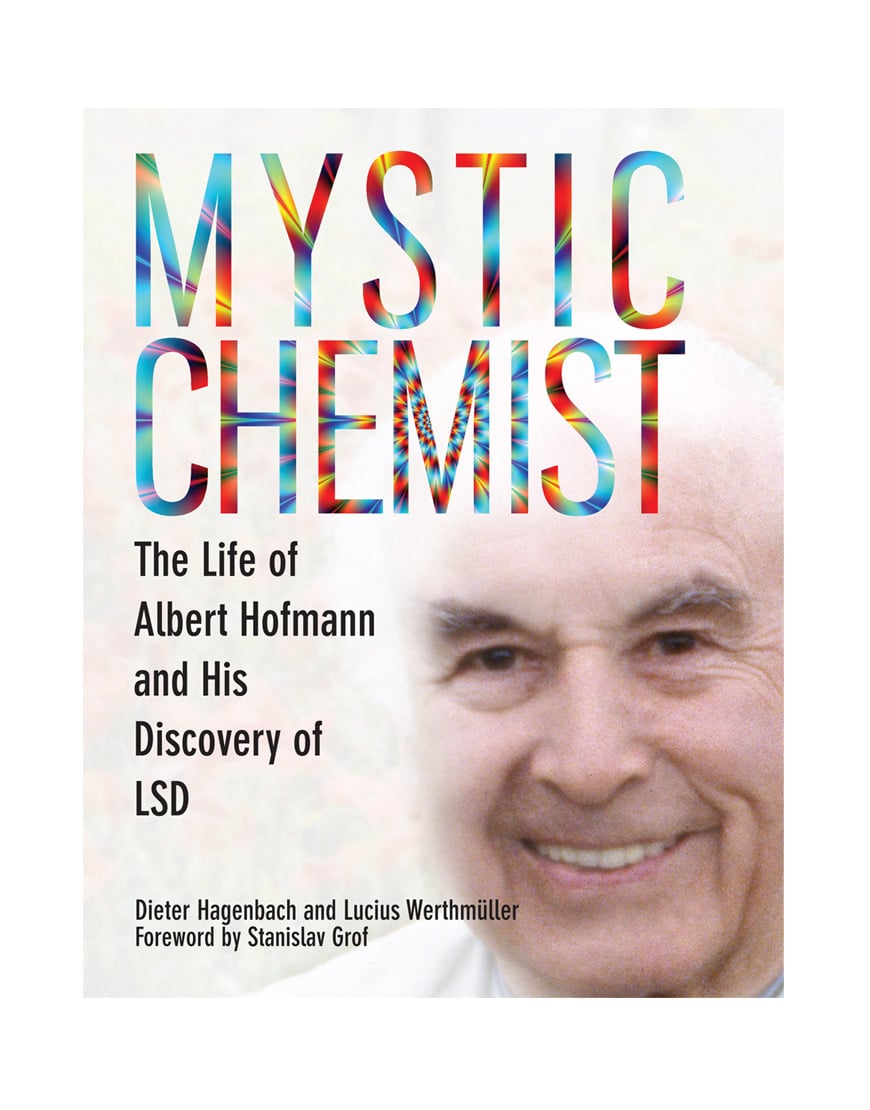
Mystic Chemist is the authoritative biography on arguably the most famous chemist of the 20th century. Authors Hagenbach and Werthmüller, close friends of Hofmann, take us on a journey through the 20th century from his mystical childhood experiences with nature; to his chemistry studies with Nobel Prize winner Paul Karrer in Zurich through his discoveries of both LSD and psilocybin at Sandoz; to his adventurous expeditions and his many years of retirement devoted to philosophy of nature and a rich social life. The authors also reveal a thorough and eventful history of the impact that LSD had on culture and the ensuing struggles between its advocates and opponents, many of which persist today.
Save 50% from now until April 16th with the coupon code: BICYCLE2020
